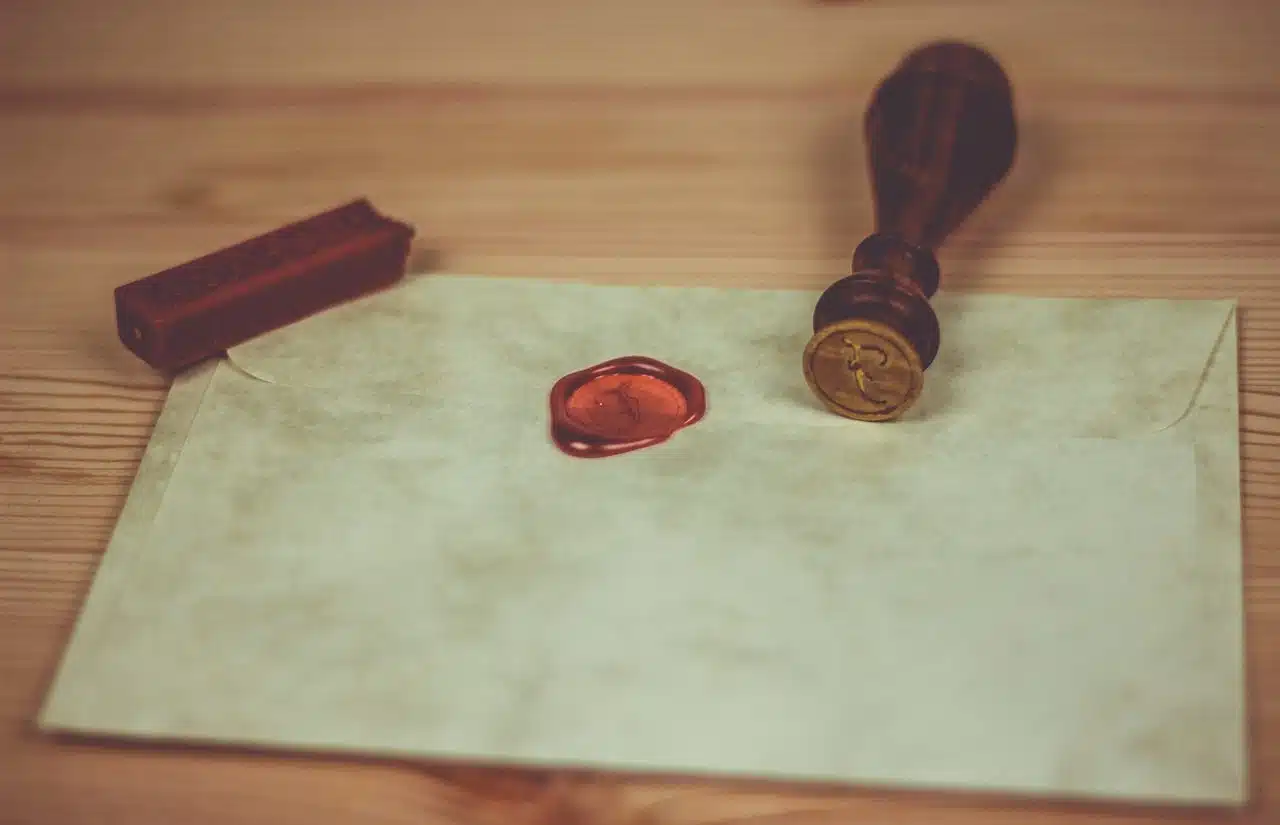
Sigilography is dedicated to the study of the seals used to authorize documents and close envelopes and sheets.
Sigilography is the discipline dedicated to the analysis of seals used to close documents and authorize documents. It is a method that is used in history , archaeology , law , heraldry , diplomacy and genealogy , among other areas of knowledge.
The purpose of sigilography is to critically study those seals that have historically been used to validate or authorize certain documentation , whether state or private.
Object of study of sigilography
The object of study of sigilography, therefore, are seals : the impressions obtained from the pressure exerted with a matrix to leave a record on a surface. The seal can be made with sealing wax , wax , paper , metal or other material that allows a sign to be stamped.
The medieval seal is one of the most studied by experts in this discipline since at that time it was common for both kings, nobles and other relevant figures to resort to the use of that element to be able to certify their documents and leave evidence that they were them. those who endorsed them. Thus, for example, there is no medieval movie or series in which at some point one of the characters does not appear sealing their cards.
Thanks to sigilography, you can obtain knowledge linked to the customs , politics and art of each era. This is because the stamps reflect various issues typical of their time in the documents on which they are applied.

Thanks to sigilography it is possible to learn about customs and practices of past times.
Origins of the discipline
It is important to know that it was in the 19th century when various scholars and historians shaped sigilography as we understand it. And at that moment they made the decision to make it an essential tool to know the past; that is, it could be used as a historical source.
Specifically, that was a measure that was promoted by figures of the stature of Otto Posse , Germain Demay , Hermann Grotefend and Douet d'Arcq .
At the time of use, the seal has legal value . With the passage of time , however, it acquires other values, such as historical value or cultural value , which are studied by sigilography.
Currently, sigilography is important in the field of collecting since it provides interesting information about stamps. The discipline allows for an assessment of each piece and, in this way, also assesses the stamp collection in question.
Silography and stamps
Other interesting facts that are worth knowing about the stamps are the following:
- They could have one side printed or both.
- In the legend they incorporate they make clear the owner or owner of the seal.
- Among the most common shapes that stamps can have are oval, shield -shaped, round, spindle-like...
- As a general rule, the size of the seals that sigilography proceeds to study is usually very varied. And there are those that are just a few millimeters in size and others that reach 15 centimeters.
